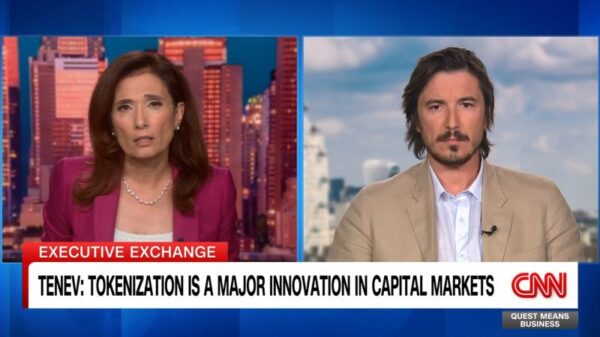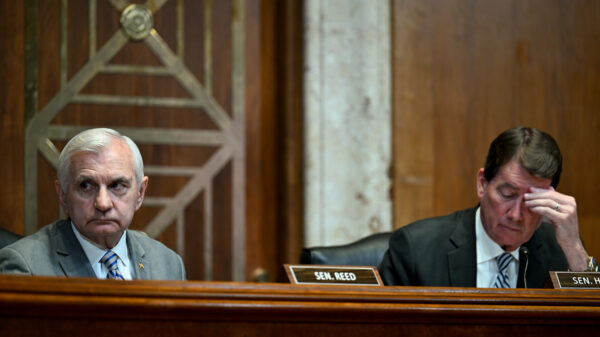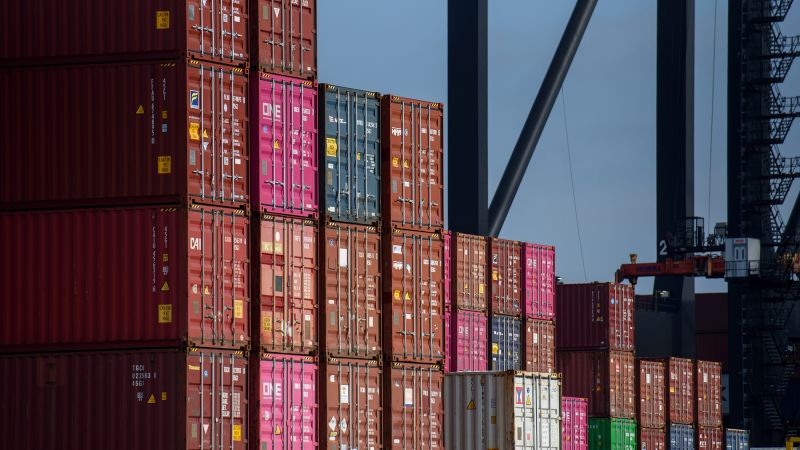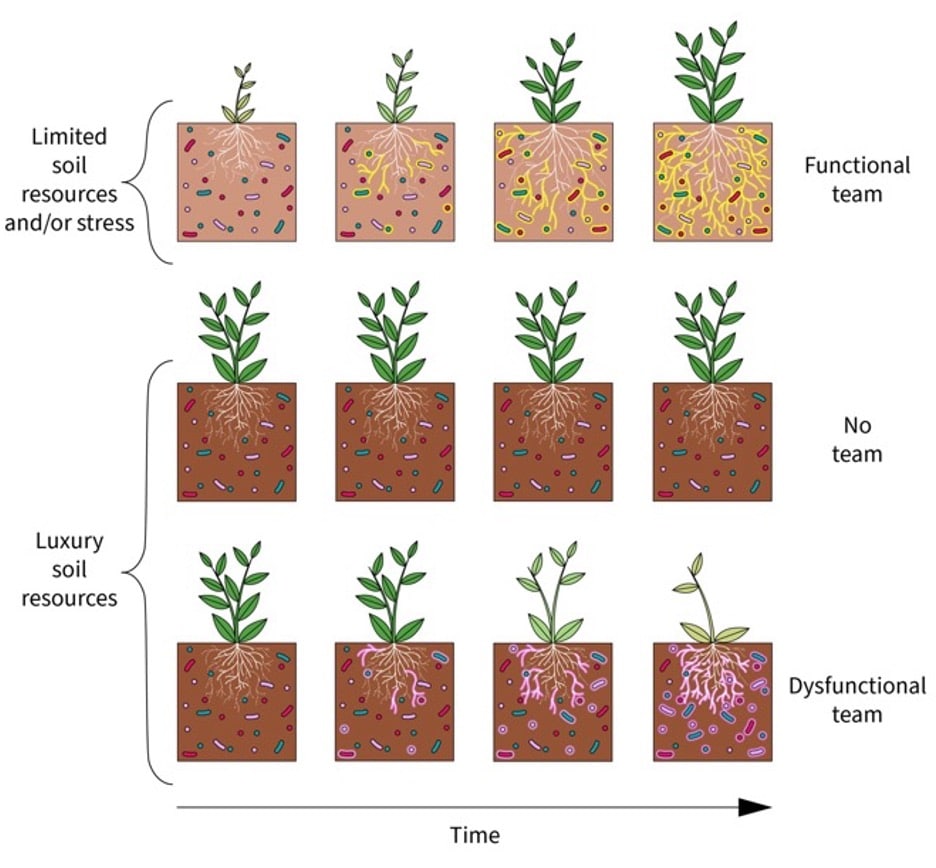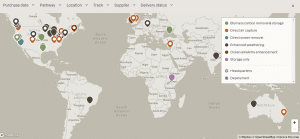President Donald Trump has delayed the implementation of his proposed tariffs on numerous countries, extending the deadline to August 1, 2023. Initially set to take effect today, this postponement continues to create uncertainty for businesses across the United States, while simultaneously providing foreign trading partners additional time to negotiate trade agreements to evade the substantial levies.
The decision to push back the tariffs could be welcomed by mainstream economists who generally oppose such measures. Research indicates that tariffs can have detrimental effects on the economies of the countries that impose them. While high tariffs may seem like a protective measure, they are seldom viewed as a viable solution to trade problems. So far, Trump’s tariffs have not significantly impacted inflation rates, the economy, or job growth in the United States. Scott Bessent, the Treasury Secretary, remarked that inflation has not materialized in the expected manner, referring to it as “the dog that didn’t bark.”
Despite this temporary calm, economists caution that the true effects of tariffs could manifest later in the year. They argue that the current stability might provide the administration with a misleading sense of security, and the economic repercussions could be harsh. Antonio Fatas, an economics professor at INSEAD, stated, “The positives (of free trade) outweigh the negatives, even in rich countries.” He emphasized the benefits of open trade for both the US and Europe.
Consumer Impact and Economic Consequences
Tariffs function as taxes on imports, leading to increased costs for producers and ultimately higher prices for consumers. Approximately half of all US imports consist of intermediate products necessary for the production of finished goods, as reported by the Organisation for Economic Co-operation and Development (OECD). Doug Irwin, an economics professor at Dartmouth College, pointed out that many American products, such as Boeing aircraft and automobiles, rely on internationally sourced components.
When American companies face higher costs for imported materials, these expenses are often passed on to consumers. Irwin noted, “They don’t have deep pockets where they can just absorb a 10 or 20 or 30% tariff.” During Trump’s first term, he imposed tariffs on $283 billion of imports, which a 2019 study co-authored by Mary Amiti of the Federal Reserve Bank of New York found resulted in a complete pass-through of the tariffs into domestic prices. As a consequence, American consumers faced increased costs.
The past two decades of relatively low tariffs have contributed to lower prices for American consumers, as indicated by Hugh Gimber, a global market strategist at J.P. Morgan Asset Management. He highlighted that prices for goods have risen little since 2001, a year noted for China’s entry into the World Trade Organization, which subsequently led to a boom in exports. With the reinstatement of tariffs, similar price increases are anticipated. Federal Reserve Chair Jerome Powell noted that rising goods inflation is expected to continue.
Wider Economic Implications
The introduction of tariffs is likely to decrease the overall economic output of the United States. A 2020 study based on data from 151 countries between 1963 and 2014 found that tariffs have persistent adverse effects on a country’s gross domestic product (GDP). One reason for this trend is that low tariffs enable countries to specialize in their most competitive sectors, enhancing productivity. Gimber explained that raising tariffs disrupts this specialization, leading to lower labor productivity.
Another significant factor is the increased cost of imported materials, as highlighted by the same study’s authors. Fatas provided a practical example: “If I’m a worker in a factory that needs to import microchips from Taiwan, and those components become more expensive, the value we create per hour worked decreases.” Furthermore, the unpredictability surrounding tariffs can hinder investment decisions by businesses, as indicated by surveys from the National Federation of Independent Business. The proportion of small businesses planning capital expenditures fell to its lowest level since April 2020.
The International Monetary Fund (IMF) also suggests that elevated US tariffs may lead to lower productivity and economic output.
The effects on employment due to tariffs are similarly concerning. Research has shown that increased import taxes may correlate with higher unemployment rates in various countries. Irwin highlighted that studies indicate job losses resulting from the 2018 steel tariffs were more significant than job gains, as upstream industries employ more workers than the steel sector. A study by the Federal Reserve Board revealed that rising input costs from tariffs led to job losses within American manufacturing.
Retaliatory measures from other countries present an additional risk. Higher tariffs on American exports could elevate prices for foreign consumers, potentially reducing demand for US goods. Notably, when Trump announced new tariffs this year, major trading partners took swift action to impose their own levies.
In conclusion, while free trade has generally benefited the global economy, it does carry costs, including job losses in certain sectors facing heightened foreign competition. Gimber noted the parallels between the challenges posed by increased imports and the need for a just transition towards a greener economy, emphasizing the importance of retraining and upskilling workers affected by these shifts.
Ultimately, while tariffs may seem like an avenue for protecting domestic industries, most economists argue that they are not an effective tool for fostering domestic manufacturing. Instead, targeted subsidies are viewed as a more effective approach. The overarching argument in favor of free trade remains its role in fostering international peace. As Gimber’s colleague, David Kelly, pointed out, enhanced trade relations provide countries with a vested interest in maintaining stability.





